How to make a Noisia Diplodocus-style old-skool bass sound
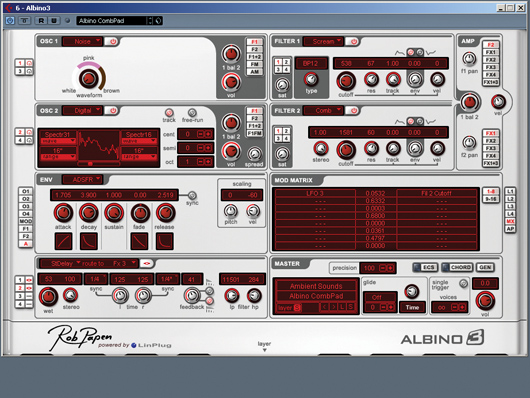
Getting started
Step 1: Diplodocus uses an assortment of different bass sounds, but we can approximate their synthesis techniques to build something of the same ilk. We’re going to use LinPlug’s Albino 3 (click here to download a demo) to create some low, gritty textures, then filter them into thoroughly obnoxious phrases.
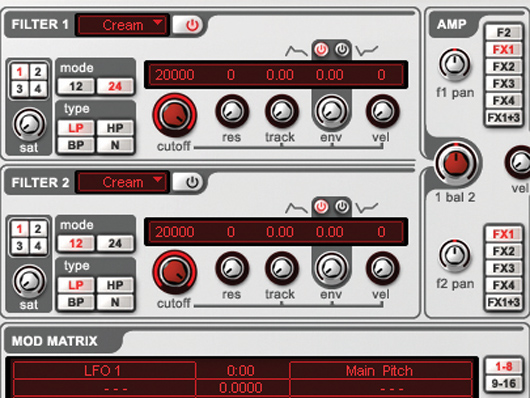
Initialising the synth
Step 2: Start by initialising Albino. You’ll find the patch z_initial at the bottom of the Diverse Sounds category (download it by right-clicking here if you’re using the demo version). You might also want to reduce the Velocity knob on the right-hand side of the interface and zero the Envelope amount on Filter 1.
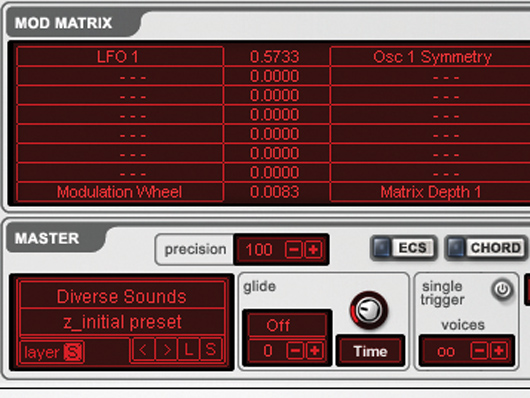
Pulse width modulation
Step 3: In the master section, set Precision to 100. Also, adjust Osc 1’s Waveform to square. Then, change the first Mod Matrix destination to Osc 1 Symmetry and turn the amount up to about halfway. This creates pulse width modulation, giving the sound a gritty edge.
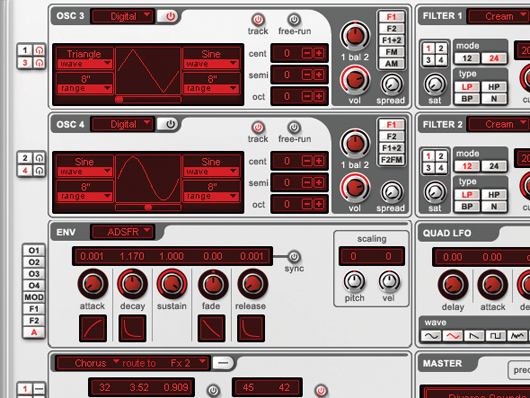
Oscillator 3
Step 4: Activate Osc 3, set it to Digital with a triangle Waveform (drag the slider beneath the waveform, so that it’s not mixed with any sine). Reduce the Release in the Amplitude Env section. Slow LFO1’s Frequency down to about 2.
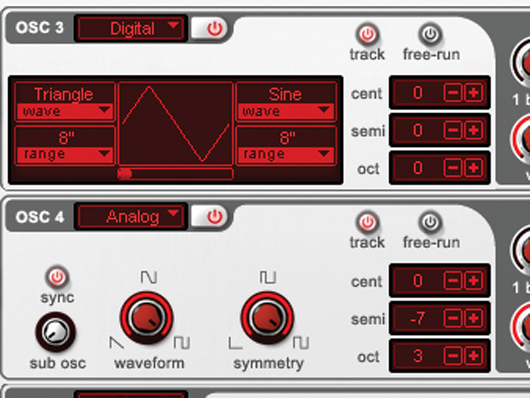
Oscillator 4
Step 5: Set Osc 4 to an Analog square Waveform, then activate it. Detune it by -7 Semitones, +3 Octaves, and switch on Sync so that it locks to the pitch of Osc 3. In the Mod Matrix, assign LFO 2 to Osc 4 Symmetry and push the amount up to the maximum, for even more dirt.
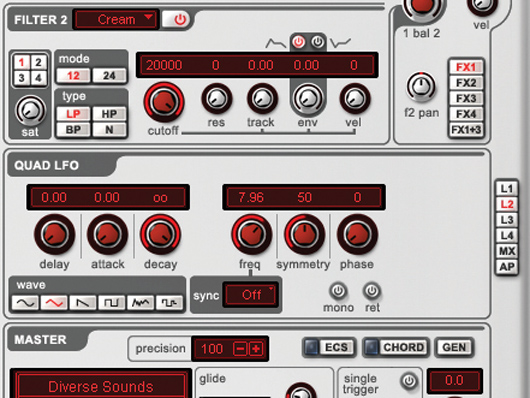
More tweaks
Step 6: Select L2 in the Quad LFO section and set its Frequency to about 8. Turn Osc 4’s Volume down to about halfway. Adjust Filter 1’s type to BP and make sure its Mode is set to 24. Also, switch on Filter 2.
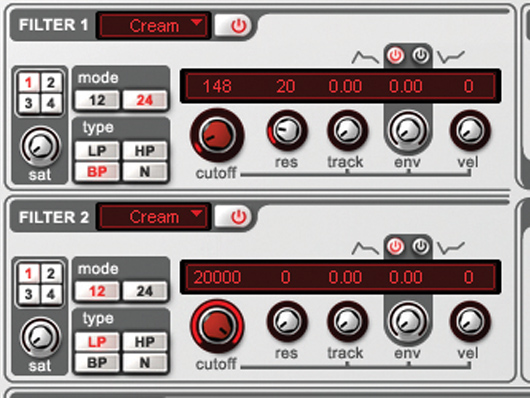
Finishing the sound
Step 7: Activate Osc 2 as a Digital Sine waveform. Click F2 to send Osc 2 through Filter 2. Turn Filter 1’s Cutoff down to about 150 and its Resonance to about 20. In the Mod Matrix, add the Modulation Wheel to control Fil 1 Cutoff by about half.
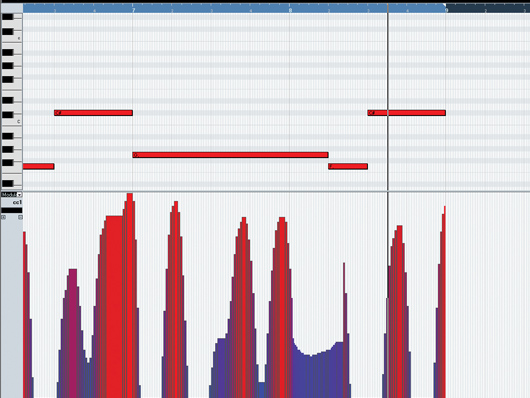
MIDI editing
Step 8: In your sequencer’s MIDI editor, program a pattern of a few low notes, then have some fun recording sweeping mod wheel patterns. If you don’t have a MIDI keyboard, use the mouse to draw in some wacky shapes.

Computer Music magazine is the world’s best selling publication dedicated solely to making great music with your Mac or PC computer. Each issue it brings its lucky readers the best in cutting-edge tutorials, need-to-know, expert software reviews and even all the tools you actually need to make great music today, courtesy of our legendary CM Plugin Suite.









